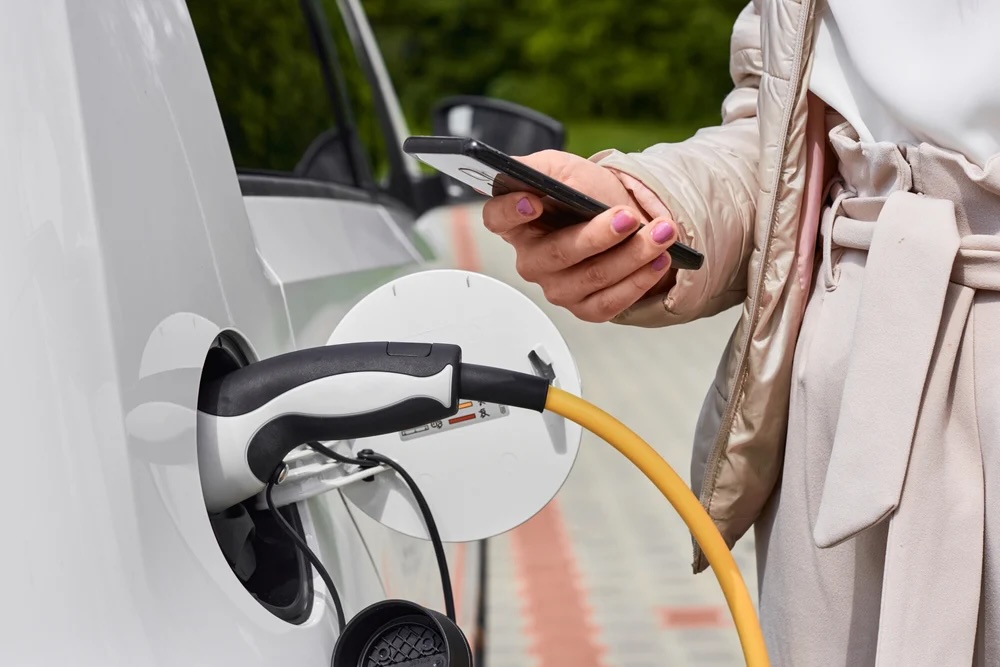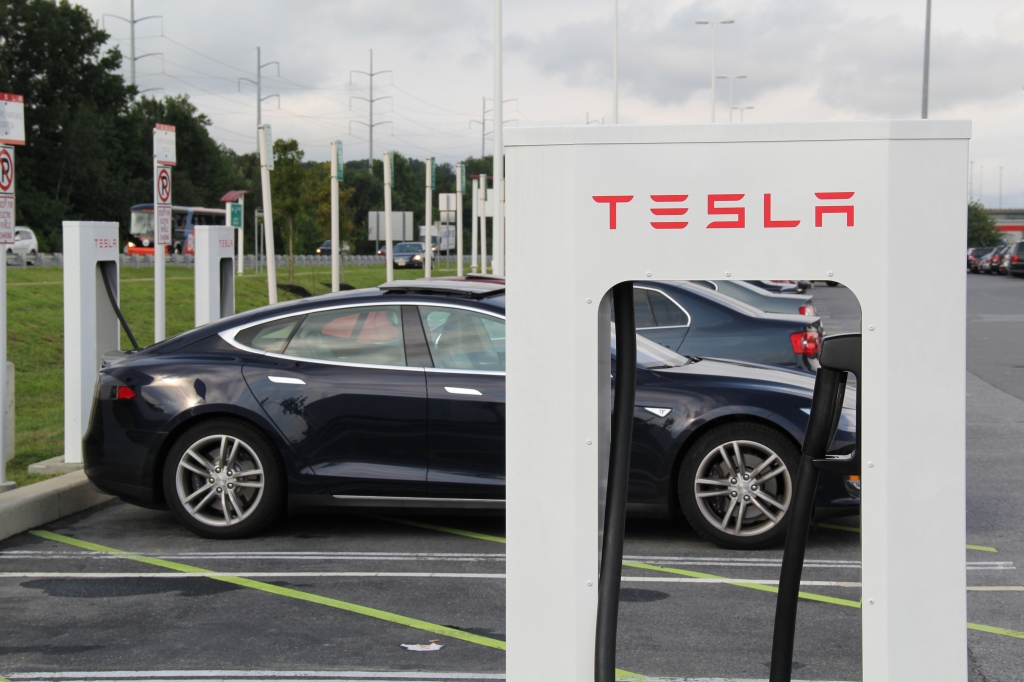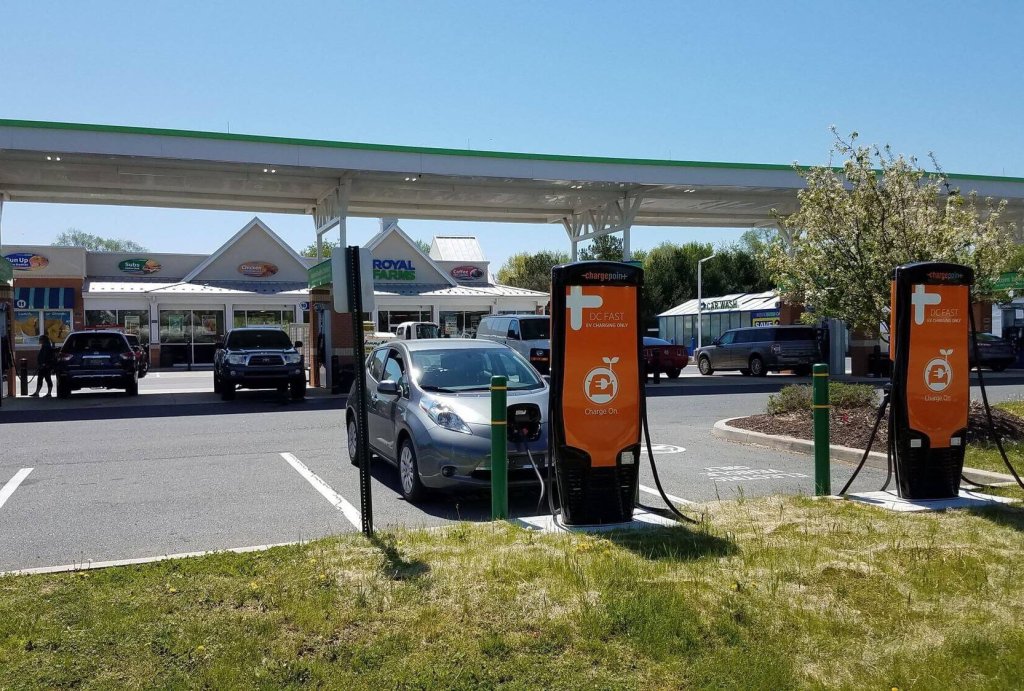
Unreliable chargers could hold back electric vehicle adoption. Policymakers need to intervene.
Consumers embraced electric vehicles like never before in 2023. Electric vehicle sales increased by 50% relative to 2022, compared to just 2% growth for gas-powered vehicle sales. Yet consumer surveys are revealing an uncertain future. A new Gallup survey found that 48% of consumers would not consider buying an electric vehicle in the future. This is an increase over last year’s survey’s 41%. The trend is going in the wrong direction.
Automakers are working hard to appeal to consumer tastes, bringing over 100 electric vehicle models to market. The federal government is offering substantial subsidies for buyers to address the cost barrier. But some consumers want none of it. Political polarization is part of the explanation with some drivers associating electric vehicles with a progressive environmental agenda that they reject. But another factor that tops consumer surveys is that there are too few charging stations.
The 2021 Bipartisan Infrastructure Law tries to address this barrier by allocating $7.5 billion to expand the country’s public charging network. “Public” in this context means the chargers are accessible to all drivers. They could be owned or operated by a private business, charging provider or a government host. But the number of charging points is not the only shortcoming of the network. Media stories have highlighted that existing public chargers, specifically chargers not owned by Tesla, are plagued by reliability problems. A recent study by J.D. Power found that one-fifth of attempts to use a public charger are unsuccessful. Problems cited in the media include out-of-service chargers, unsuccessful software connections between the charger and vehicle, and malfunctioning payment systems. Gas stations, by contrast, are highly reliable.

—
Poor charger reliability is hurting consumer confidence in electric vehicles, and the upcoming investment in new charging stations will do little to spur electric vehicle adoption if consumers remain concerned about charging. As part of the policy nudges toward electric vehicles, the Federal Highway Administration, which oversees the largest charging subsidy program, and the state agencies that are implementing the federal program, should ensure that they are building a reliable network.
It is not clear why public chargers are so unreliable, but I see a few clues. I would expect that companies would be incentivized to increase reliability in order to sell more charging and generate more profits. However, there are indications that operating a charging station is a money loser. Two of the largest stand-alone charging companies, ChargePoint and Blink, have been generating larger and larger losses year-on-year. Stock market investors don’t see things changing anytime soon so these two companies’ stock prices have dropped 83% and 69%, respectively, over the past year. Perhaps companies lose less money when a charger is broken than if they pay to fix it.
The most reliable charging operator, Tesla, has had an entirely different business model. They were motivated to deploy a reliable system in order to sell cars. Until very recently, their network of superchargers was only usable by Teslas and was primarily developed to increase vehicle sales. It was not intended to be a separate source of profit. By vertically integrating into charging they have been able to seamlessly address issues like software communication between the charger and vehicle and payment systems. Third-party charging companies have struggled to execute these areas well.

—
Tesla recently decided to change direction and open up their network by allowing other automakers to adopt the Tesla charging standards. Research by MIT Professor Jing Li has found that moving to common charging standards can help consumers and the electric vehicle market, so this is an encouraging development. I’ll be very interested to see if Tesla can maintain its high levels of reliability as it starts serving a broader market.
What can policymakers do to increase the reliability of the rest of the charging market?
I see two opportunities. One approach is to restructure the form of subsidies. The biggest federal subsidy program for charging is the $5 billion National Electric Vehicle Infrastructure (NEVI) Formula Program. The program covers up to 80% of charging station costs, including operations and maintenance costs for the first five years. The program’s focus on costs will motivate the recipients to spend money. Getting new charging stations up and running is a program goal, so that makes sense. Adding performance incentives, such as a per-kilowatt of sales subsidy or penalties for outages, could be a way to additionally motivate charging operators to deliver reliable charging services.
Federal subsidies for wind illustrate how performance-based subsidies can improve performance. Research by Joseph Aldy, Todd Gerarden, and Richard Sweeney estimated that wind farms that received an up-front investment subsidy produced 10% to 12% less than they would have if they had received a subsidy for each unit they produced. I expect converting some of the up-front subsidy for charging stations into a per kilowatt-hour subsidy would also improve system throughput, both through better reliability and other decisions that increase usage such as choosing the best locations.
Another opportunity is to encourage experimentation in different business models. This is already emerging as a feature of the NEVI program. States, which administer the NEVI program, are funding a variety of organization-types. Texas, for example, has awarded funding to – gasoline retailers, oil companies, stand-alone charging companies and an auto company (Tesla). I am excited to see this variety. States and the federal government should collect program data, including reliability data, and make this data available to researchers.

—
Many consumers want widespread and reliable public charging before they make the move to an electric vehicle. The federal government has made a big commitment to making charging more widespread. The Federal Highway Administration and state agencies need to make sure those chargers work.
Follow us on Bluesky and LinkedIn, as well as subscribe to our email list to keep up with future content and announcements.
Suggested citation: Campbell, Andrew. “Electric Vehicle Charging We Can Count On” Energy Institute Blog, April 15, 2024,
